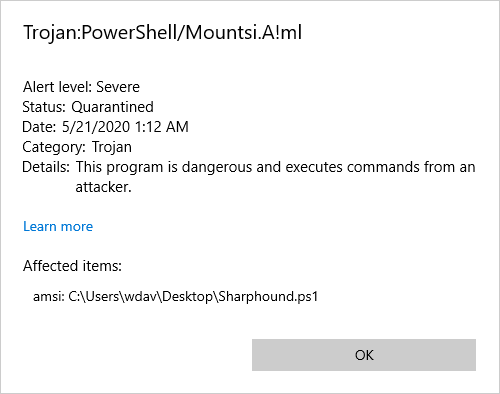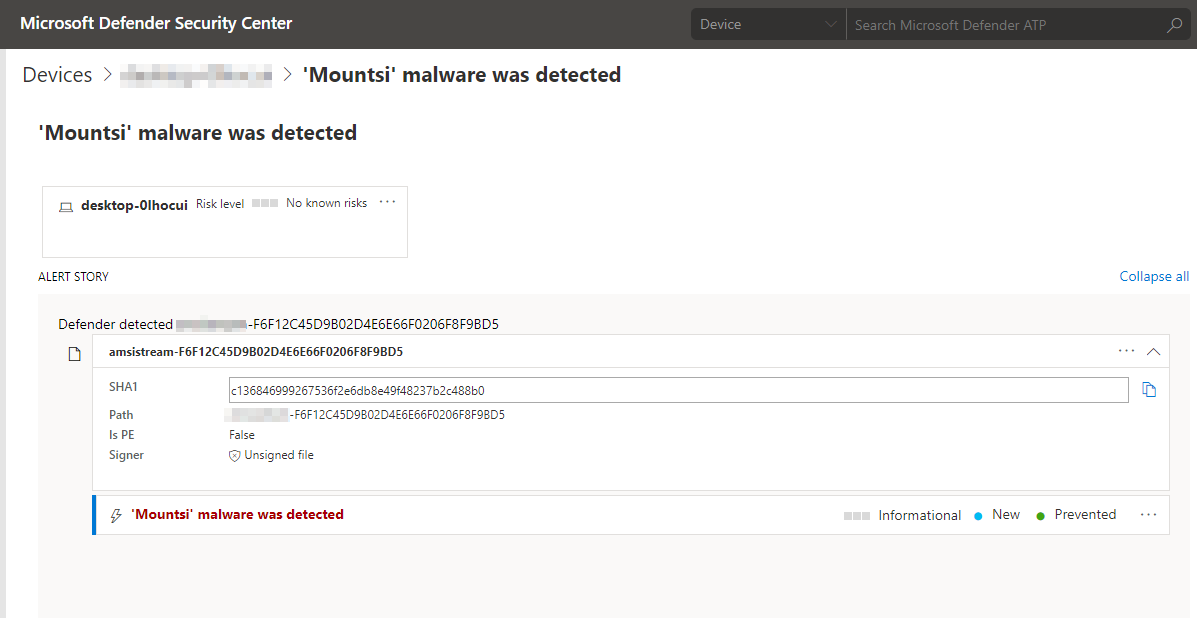
Blocking BloodHound attacks
BloodHound is a popular open-source tool for enumerating and visualizing the domain Active Directory and is used by red teams and attackers as a post-exploitation tool. The enumeration allows a graph of domain devices, users actively signed into devices, and resources along with all their permissions. Attackers can discover and abuse weak permission configurations for privilege escalation by taking over other user accounts or adding themselves to groups with high privileges, or for planning their lateral movement path to their target privileges. Attackers, including those behind human-operated ransomware campaigns such as Ryuk, use BloodHound as part of their attacks.
To work, BloodHound uses a component called SharpHound to enumerate the domain and collect various categories of data: local admin collection, group membership collection, session collection, object property collection, ACL collection, and trust collection. This enumeration would typically then be exfiltrated to be visualized and analysed by the attacker as part of planning their next steps. SharpHound performs the domain enumeration and is officially published as a fileless PowerShell in-memory version, as well as a file-based executable tool version. It is critical to identify the PowerShell fileless variant enumeration if it is active on a network.
Code snippet of the SharpHound ingestor

Figure 2. SharpHound ingestor code snippets
When the SharpHound fileless PowerShell ingestor is run in memory, whether by a pen tester or an attacker, AMSI sees its execution buffer. The machine learning model on the client featurizes this buffer and sends it to the cloud for final classification.
Code snippet of SharpHound ingestor showing featurized details

Figure 3. Sample featurized SharpHound ingestor code
The counterpart machine learning model in the cloud analyzes the metadata, integrates other signals, and returns a verdict. Malicious scripts are detected and stopped on endpoints in real time:
Screenshot of Microsoft Defender Antivirus alert for detection of SharpHound

Figure 4. Microsoft Defender Antivirus detection of SharpHound
Detections are reported in Microsoft Defender Security Center, where SOC analysts can use Microsoft Defender ATP’s rich set of tools to investigate and respond to attacks:
Screenshot of Microsoft Defender Security Center showing detection of SharpHound

Figure 5. Microsoft Defender Security Center alert showing detection of SharpHound
This protection is provided by AI that has learned to identify and block these attacks automatically, and that will continue to adapt and learn new attack methods we observe.